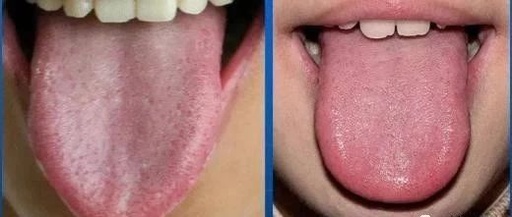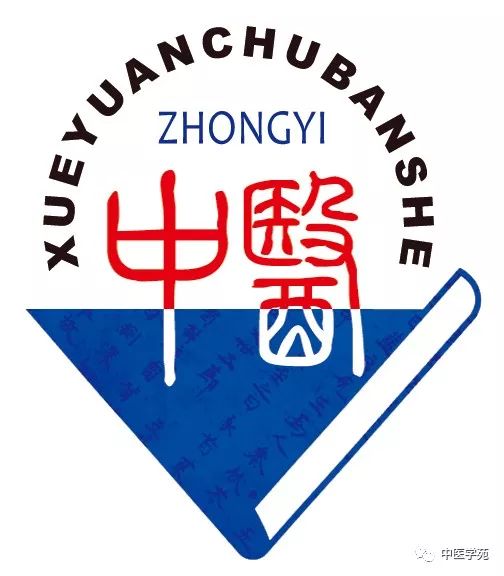
Chinese Medicine Academy
xyzych1988
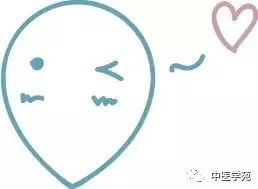
This article is excerpted from the book “Tongue Diagnosis in Treating Diseases” published by the Academy of Chinese Medicine. For more details, click the “Read Original” link at the bottom left.
Observing color, recognizing orifices, and discerning sounds and pulses are the profound methods of Traditional Chinese Medicine (TCM) to understand the balance of Yin and Yang, Qi and Blood, and the health of the Five Organs and Six Bowels. For thousands of years, countless skilled physicians have mastered these techniques to diagnose and treat various ailments, exploring the microcosm of the human body and adjusting the balance of Yin, Yang, and the Five Elements, achieving remarkable results that are beyond enumeration.
The tongue is a vital organ of the human body. Just as the heavens have the Five Elements, the human body has the Five Organs, each associated with its orifice, with the tongue being the foremost orifice of the heart. Historical records trace back to the Yin and Shang dynasties, where the observation of the tongue was documented, and the legendary physician Bian Que was noted for his observations. Since the time of Zhang Zhongjing, the use of tongue coating for diagnosis has been further developed.
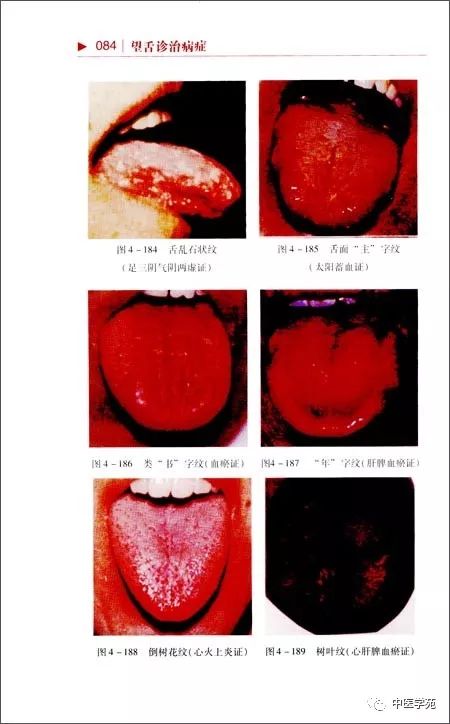
Over two millennia, many renowned physicians have studied and explored, meticulously deducing and revealing clinical mysteries, seeking precision down to the fundamentals. Wisdom accumulates, and progress is inevitable; indeed, a single orifice can reflect myriad phenomena.
In modern times, some refer to the tongue as a mirror, a means of understanding the principles. It is said that those who speak of life and death must delve into the ultimate truths; those who explore must investigate the depths of mysteries. In 104 BC, Sima Qian recorded in the “Records of the Grand Historian” the biography of Bian Que, establishing the foundation for the four diagnostic methods of TCM. Over the centuries, numerous classic texts have discussed the wonders of tongue diagnosis. The light of tongue diagnosis can reveal the internal organs, manifesting the full spectrum of Yin, Yang, and the Five Elements. Through this orifice, one can discern the signs of health and illness (with “health signs” referring to favorable symptoms and “illness signs” referring to unfavorable symptoms), uncovering the mysteries of both existing and potential diseases.
For the past 50 years, we have endeavored to inherit the treasures of traditional Chinese medicine, pursuing a path of integrating Chinese and Western medicine, avoiding the pitfalls of “studying ancient texts without adaptation” and “misinterpretation through forced assumptions.” Starting from the principles of Yin-Yang and the Five Elements, we have combined modern medical techniques with computational methods, engaging in repeated practice and continuous exploration to understand the mechanisms of diagnosis, striving for excellence. We honor Zhang Zhongjing’s ancient teaching of “beautifying the exterior while nourishing the interior,” drawing from various sources, and utilizing the essence of works such as “Tongue Diagnosis in Disease,” “Blood Stasis Syndrome Atlas,” “Acute Abdominal Syndrome Tongue Manifestations Atlas,” “Comprehensive Guide to Tongue Diagnosis in China,” and “Tongue Diagnosis Studies” to fill in gaps, correct misunderstandings, and address deficiencies, aiming to promote the continuous development of tongue diagnosis in our country.
This book is divided into five chapters, focusing on tongue images and the method of observing the tongue by its parts, discussing tongue spirit, shape, texture, color, coating, papillae, pulse, locations, and other visible changes. It builds upon the first specialized text on tongue diagnosis, “The Golden Mirror of Cold Damage,” innovating while respecting tradition, integrating diagnosis, dietary therapy, and herbal treatment, addressing many deficiencies in TCM tongue diagnosis.
The results presented in this book are derived from repeated clinical practice and ongoing research, expanding new avenues for tongue diagnosis in our country. The writing aims for simplicity to facilitate self-care for the general public and to provide clinical practitioners with more concise and practical tongue diagnosis materials. The book is richly illustrated, showcasing the development of tongue diagnosis research and application in the integration of Chinese and Western medicine. We hope readers and colleagues will understand any shortcomings in the book.
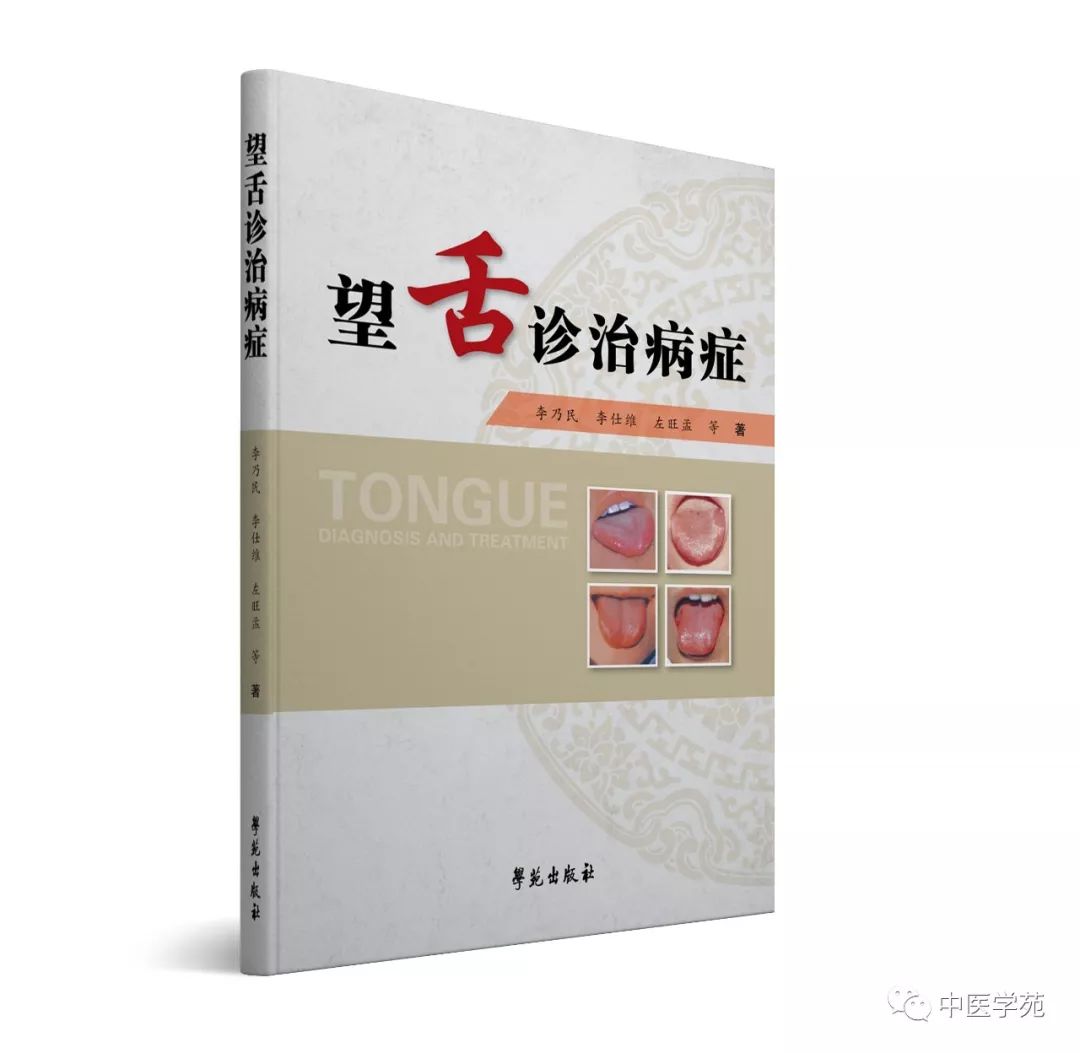
Click “Read Original” for more information

